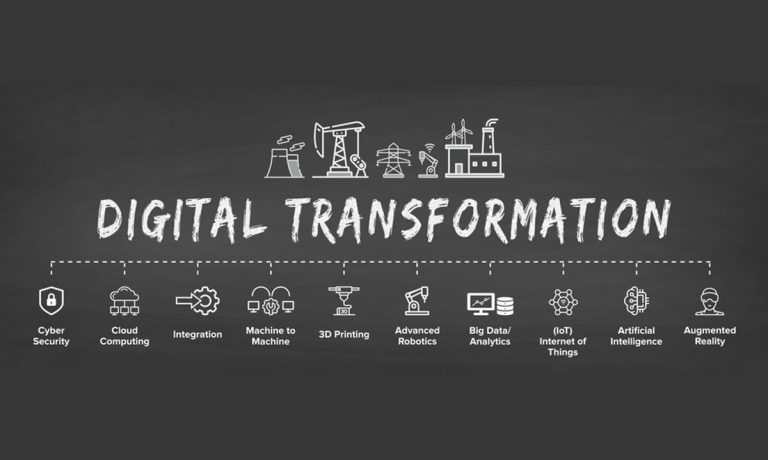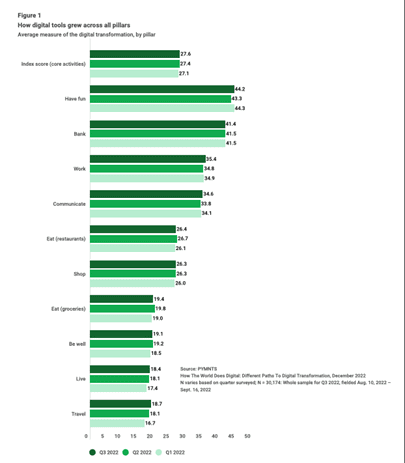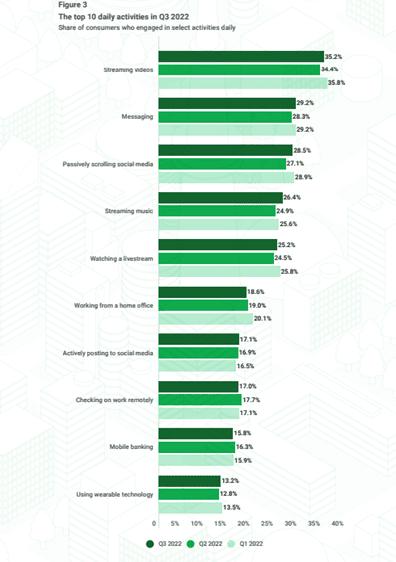
Digital transformation is using digital technologies to fundamentally change how an organization operates and delivers value to its customers. It involves integrating digital technology into all business areas, fundamentally changing how the business works and delivering value to customers.
Digital transformation can take many forms, depending on the specific needs and goals of the organization. For example, a company might use digital technologies to automate and streamline its business processes, improve customer experiences, or develop new products or services. Some common goals of digital transformation include:
Digital transformation can significantly impact an organization, enabling it to stay competitive in a rapidly changing digital landscape. However, it can also be a complex and challenging process, requiring the organization to adopt new technologies, business processes, and ways of working.
Digital transformation is focused on using technology to improve efficiency, increase competitiveness, and create new growth opportunities. It is a strategic process that requires organizations to adapt to new technologies, changing customer needs and expectations, and shifting market conditions.
Digital transformation is taking place in a wide range of industries, including manufacturing, retail, finance, healthcare, and government. It is also relevant to small and medium-sized businesses (SMBs) as well as large corporations.
Some examples of how digital transformation is being applied include:
Measuring Digital Transformation
Analyzing the progression of global digital transformation, PYMNTS collected data from over 30,100 individuals across 11 countries for the report, How The World Does Digital: Different Paths To Digital Transformation.
Among the study findings is that in Q2 2022, digital transformation across all 11 countries climbed 1.2% from Q1 2022 — considerable in one quarter — attributed to rebounds in travel-related activities primarily, but not solely.

Per the study, “On average, each consumer participated in 3.8 distinct digital activities each day, inching up from the 3.7 we observed in Q2 2022. As in previous quarters, video streaming captured more daily users than other digital activities we track, at 35%, followed by messaging at 29%, social media browsing at 29%, and streaming music at 26%, which maintain their position as the top four.”

Additionally, Q3 saw an increased digital transformation in 22 of the 37 activities we measured. “Consumers upped their use of home monitoring systems by 4.2%, with 3.4% more using these tools daily. Their use of home-sharing websites also rose by 4.2%. The other areas with the most notable engagement growth include music streaming, up 4%, traffic-related apps, up 3.3%, and online airfare, up 3.1%.”
Overall, digital transformation involves using digital technologies to fundamentally change how an organization operates and delivers value to its customers. There are several forms of digital transformation, including:
Get the Report: How The World Does Digital: Different Paths To Digital Transformation